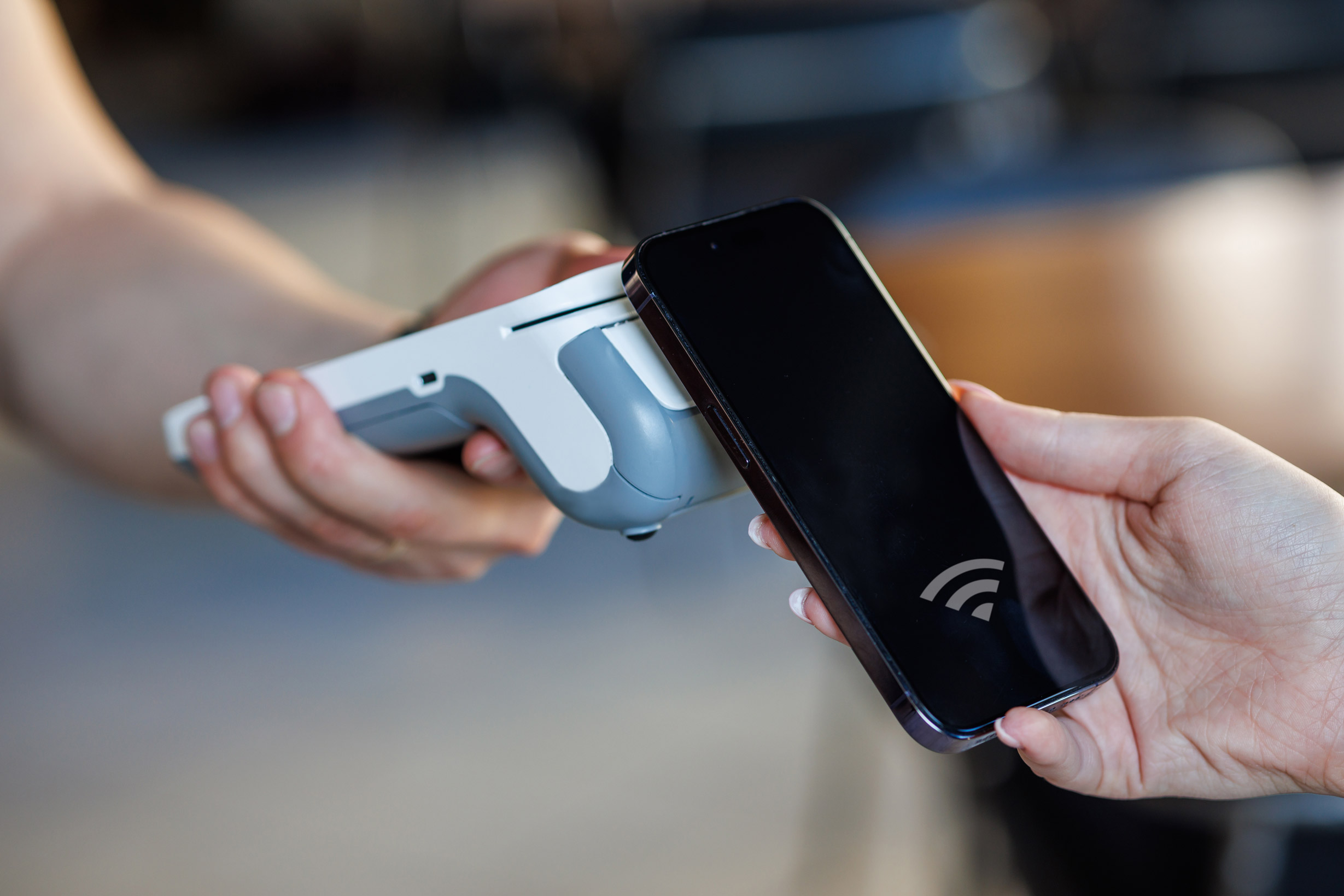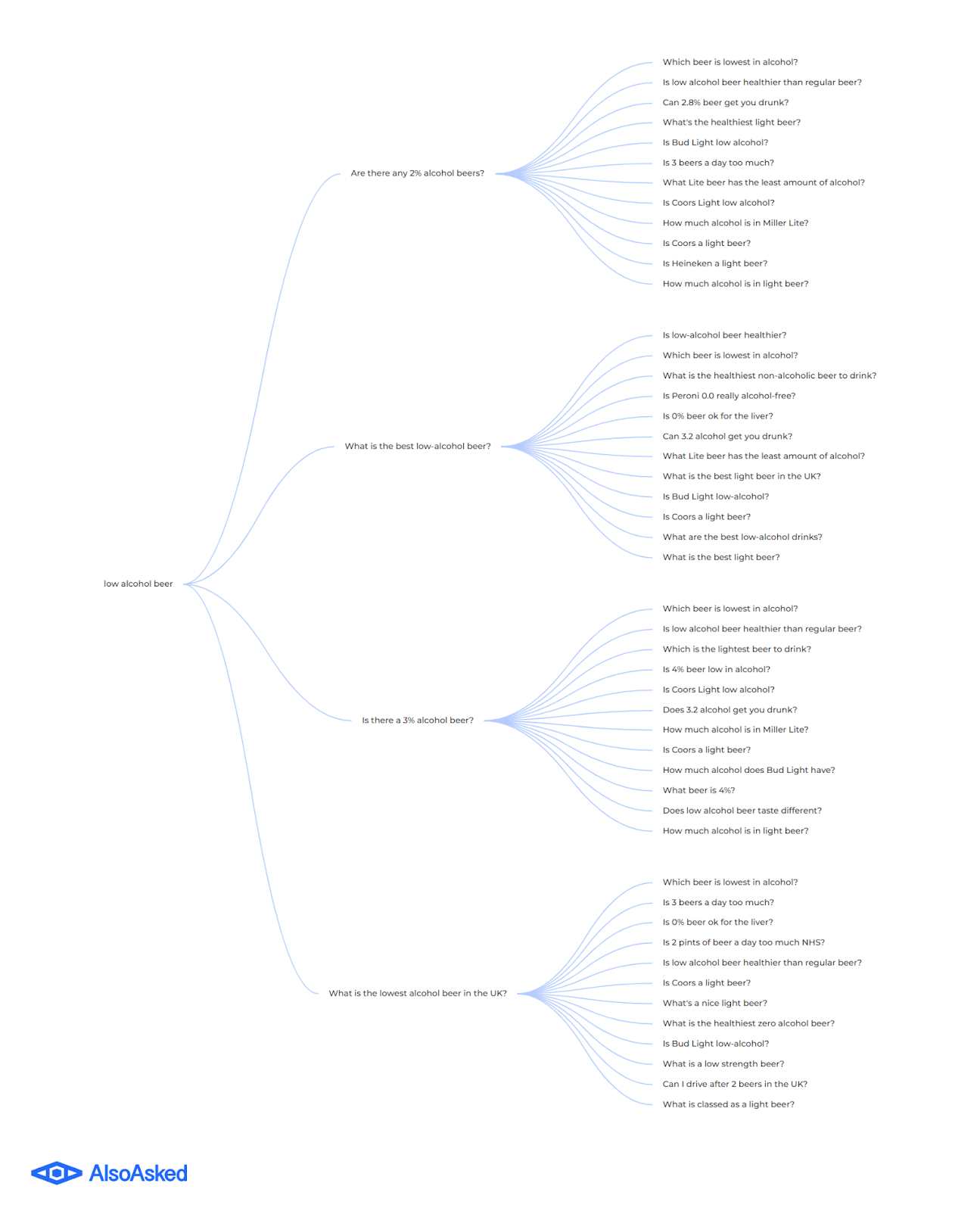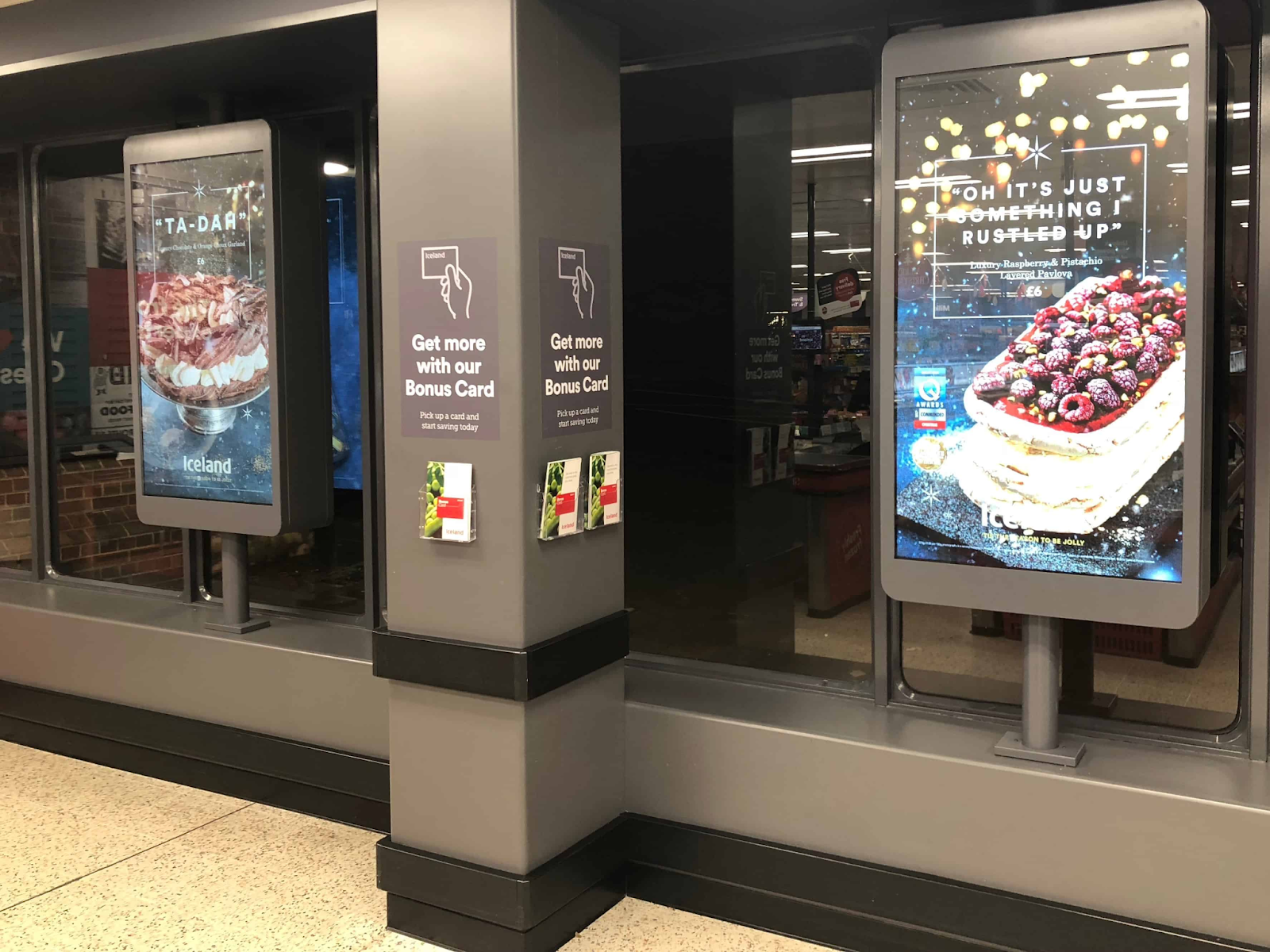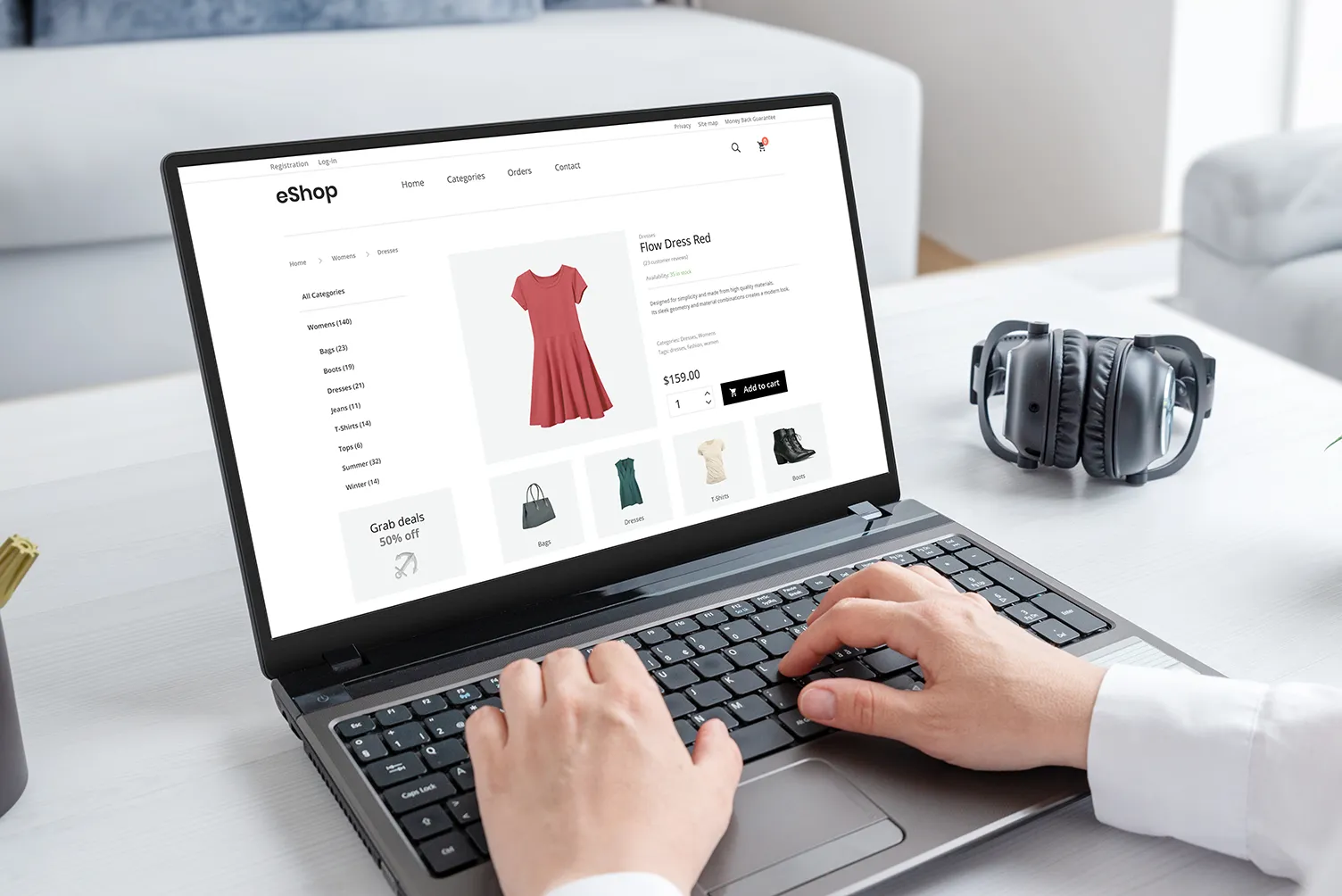ConnectedCommerce 2025: Digital Priorities in Retail and FMCG


From Online, SEO and PPC, to In-Store, Customer Engagement and Maximising Category Opportunities
If you follow the FMCG trade press, you’ll be familiar with some of the bigger themes: digital (and inevitably AI) visibility is a priority, in-store still matters, and doing more with less - while protecting brand equity- is key.
It’s especially interesting to focus in on the comments of industry professionals that hint at more specific areas of focus, with inspiration for future plans in the wider context of search trends, rising ad costs and the messy reality of staying ‘front of mind’ with shoppers.
With the ConnectedCommerce Summit 2025 around the corner (where you can meet the ICS-digital team!) here are a few of the things worth paying attention to.
Balancing Online vs Instore Retail
Speaking generally, it’s been noted by NielsenIQ this year that UK online grocery penetration has been flat at about 11–12% while in-store visits are actually up nearly 7% year-on-year - contrasting with the notion shared by some commentators that digital is the be-all and end-all.
Anita Gouland - who will be speaking at ConnectedCommerce - has been on record stating that her remit at Arla UK is focused on flexibility:
“We live in an everchanging world and therefore, adaptation is key.”
For many FMCG brands, the key to future growth will be applying that sense of flexibility to their own operations to understand both the current split between online and in-store, and the direction of travel.
Part of the goal for FMCG brands will be to understand not only the nature of growth, but in which markets. In the US, for example, online grocery sales are expected to increase at a CAGR of 8.9% through 2029—more than five times the 1.7% CAGR forecasted for in-store grocery sales according to Brick Meets Click.
However, while digital isn’t a sideshow, it’s not the main stage either. So the real trick is how to feed both online and offline in a way that is proportionate to specific market opportunities/where things are moving locally, nationally and internationally.
This is the point where I’m honour-bound to say that ICS-digital works in up to 100 languages across translation, SEO, PPC copywriting and content and related services.
While the specific market opportunity for brands will vary, it feels like no company is immune from the benefits of making life as easy as possible for customers, conscious that they are likely to encounter products both in store and online.
In short, keep product pages fast, structured and persuasive while also not alienating the supermarkets who still move volume and provide a more tangible experience for shoppers.
McKinsey’s Arun Arora goes further to suggest not just integration between marketing disciplines, but a wider task which -
"....calls for the integration of a wide-ranging set of functions—including R&D, logistics, warehousing, marketing and sales—into a coherent digital capability."
No/low FMCG Products Are Here to Stay
In a 2024 Lightspeed panel, Alexandra Lund at Asahi put the no/low trend in cultural terms:
“There is a demand that never was there before. It’s a generational thing and it’s a cultural thing.”
Identifying FMCG growth opportunities that are here to stay - rather than fleeting fads - and engaging with them in the right way is key.
In this case, people aren’t just buying low and no-alcohol options to experience the absence of something - they frequently want the same ritual, the same flavour, the same pint glass as part of a wider lifestyle priority.
According to IWSR, across 15 key markets, the number of "light drinkers" (low consumption frequency/intensity) is now the largest segment, surpassing "medium" and "heavy" drinkers.
Queries like “best zero-alcohol beer” have spiked ~350% according to Google’s Kathy Lee, with customers actively looking for guidance before potentially making a game-changing/disappointing purchase.
Customers actively seek information before they make a buying decision, with understandable cynicism about how well no and low-brands can effectively fulfil the experience they’re after - especially given the price point of some brands.
This consumer focus on product parity means that clear, consistent messaging across all channels is non-negotiable if brands are to retain/increase credibility, rather than talking ‘at’ customers.
Understanding what they’re searching for, when and why is key across FMCG categories where customers have an active interest in being educated:

This relates not only to the brand experience of low- and no- products, but how customers encounter them between retail and online.
As Craig Woolley of Heineken UK (obviously a major player in the category) has emphasised in the context of connected commerce:
“A key component in connected commerce is making sure that the brand experience is consistent in the online channel as it is in the off-trade physical experience.”
Brands that don’t empathise with and lean into customer priorities, concerns and their appetite for information with decent - frequently multichannel - content are basically handing traffic (and credibility) to competitors - online, and in the retail environment.
For more on this topic, this slightly aged blog has some further thoughts on low carb and low sugar product marketing.
In-store ‘Retail Media’ gets Louder (and Pricier)
In a Grocer article last year, Tesco said their retail media will be “bigger than TV by 2025.”
They’re clearly serious, given the investment in screens, Clubcard placements and personalised scanner offers.
The idea that the ad is the shop environment isn’t far-fetched anymore.
In May 2025 Iceland Foods announced a major partnership for in-store displays, audience tracking and digitising the retail experience more generally, building on previous work with partners like Signagelive -

Image from SignageLive
As per that project -
‘Signagelive worked with Iceland Foods and their logistics platform provider Route Monkey to develop a custom application that is deployed to key displays in each store where it dynamically displays live delivery slot availability based on the store location.
In addition to providing the convenience of displaying home delivery slots within the store, Iceland Foods required a Digital Signage platform that would enable them to be more nimble and deliver highly targeted special offers that fit the demographic, seasons, time of day or special occasions.’
As in-store retail displays - and associated insights - develop, the focus for many retail brands is better serving customers but with the underlying mission to develop a competitive edge and improved performance.
Of course where possible this also then includes the use of data to bridge online and retail - an area that should be of interest to FMCG partners.
As Adam Smith, Head of Retail Media at Iceland Foods, noted about their most recent initiatives, the goal is to..-
“...deliver strong results for our suppliers, with new ways of working and embracing new approaches set to deliver the strongest retail media network of any UK retailer.”
For retailers, the goal is to turn the store itself into a true asset that synced with digital initiatives.
The cost side of all this matters, though, and there’s only so many brands who can benefit from being presented to customers as they make their way around a store, or who are in a position to benefit in a genuinely game-changing way from extra customer insights if underlying demand is flat or falling.
The World Federation of Advertisers (WFA) — which aggregates global brand marketing leads – has explicitly flagged media price inflation as a top concern for heading into 2025 based on feedback from brand practitioners at large global brands.
Many are feeling squeezed as costs rise - for online visibility, paid search click costs continue to creep up across FMCG categories, adding to the notion that competition for in-aisle attention is fiercer.
The ICS-digital team always has an appetite to identify waste in online advertising accounts and find routes to greater profitability/ROAS but there is a general truth that the more your budget is soaked up by clicks and impressions, the less you’ve got left to actually drive discovery.
To take give another example of where the squeezes may be coming from in June 2025 Adtelligent noted that:
"...In the U.S., Amazon and Walmart are projected to absorb over 84% of retail media budgets in 2025."
That potentially makes it costlier and more challenging for retailers to run their own cost-effective campaigns, as well as for FMCG and product brands.
All this makes SEO, PR, influencer and owned content less of a “nice to have” and more of an essential route to top of funnel product discovery down to in-the-moment sales.
The ideal scenario is for all of this to be working in tandem and keep budgets sane: build modular creative that serves retail screens, in-app placements, and Google/LLM search journeys - and then spend wisely on paid media .
If someone clocks your cider ad on a Tesco scanner and Googles it later with a brand search, you should already own the online real estate that pop up - but having a great basis for non-brand SEO is the ideal - otherwise you’ve just paid to send them to someone else’s content.
Google’s 2025 Algorithm Updates - FMCG Curveballs and AI Overviews in Retail
In all of this, Google’s still the silent middleman between FMCG brands and customers, even in the age of AI.
The March and June core updates this year knocked plenty of retail sites around, with volatility hitting big consumer categories.
The August spam update was said to have targeted dubious off-site SEO methodologies though it feels like sites with thin/limited content felt most impact.
These are serious topics for FMCG brands to get to grips with - and ‘household names’ can be particularly guilty of not putting sufficient energy into their online content - both local and international, with translation shortcuts sometimes very evident.
Major companies seem to sometimes lack the flexibility to deliver an onsite SEO and content strategy that is responsive to search trends and, importantly, takes non-brand search as its focus.
It’s easy to see how such brands can assume that as ‘market leaders’ they don’t need to try in the same way as newer brands - especially if they are beneficiaries of the retail media push described earlier.
However, for new product launches and category expansion - like the no- and low- category - these ‘big’ brands don’t necessarily have the SEO advantages they think they do. While they may have strong, reputable sites, if there isn’t accompanying local, national and international content worthy of ranking going live, they will underperform.
The implication for brands of all sizes is pretty clear - budgets must be balanced of course but shallow copy won’t cut it - particularly as Google looks to reward content that demonstrates Experience, Expertise, Authority and Trust.
Rich (frequently multichannel) content, expert-backed claims, structured data and customer reviews matter more than ever — not just to rank, but to get picked up in AI summaries.
If your product isn’t visible there, it’s invisible to a growing chunk of shoppers.
Similar Posts









